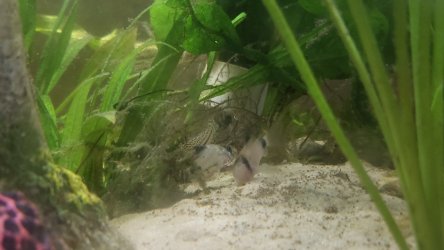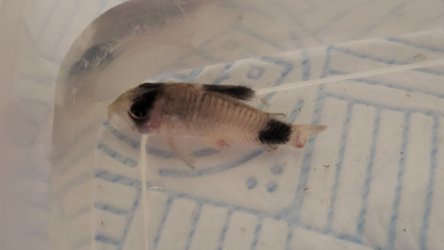Noticed one of my pandas not very active today, dorsal fin isn't as upright as my others and part of his tail is missing. I did a big water change but still wasn't happy with him. Ammonia, nitrite and nitrate parameters were at 0 before the water change. Popped him into a very temporary tank so that i could take these pictures, I can get a better QT tank set up but don't have a small enough heater to go in with him. We are in a mini heatwave here (30°C) but not sure if I can keep him without a heater for long or if it's better to put him back in to the main tank if that's going to be an issue.
Can't see any obvious marks/spots/fungus etc on him so not sure what it could be. He is swimming fine when he needs to but very reluctant to move. His breathing seems faster and more laboured.
The third pic isn't great but that's what he was like in the main tank.
When I first got my pandas about 3 months ago one of them displayed similar behaviour right from purchase and died within a couple of days but the others have been fine since. I also have 5 julii cories which are fine.
I haven't fed any of my fish today as it was a scheduled fast day, should I try and feed him or leave him and see how he goes?
Can't see any obvious marks/spots/fungus etc on him so not sure what it could be. He is swimming fine when he needs to but very reluctant to move. His breathing seems faster and more laboured.
The third pic isn't great but that's what he was like in the main tank.
When I first got my pandas about 3 months ago one of them displayed similar behaviour right from purchase and died within a couple of days but the others have been fine since. I also have 5 julii cories which are fine.
I haven't fed any of my fish today as it was a scheduled fast day, should I try and feed him or leave him and see how he goes?

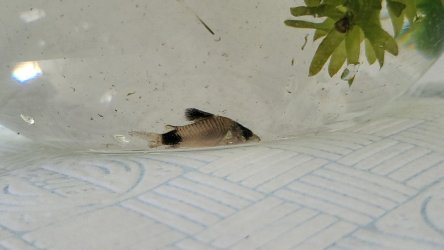
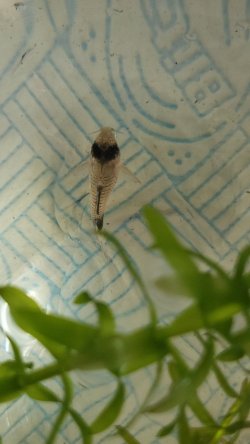
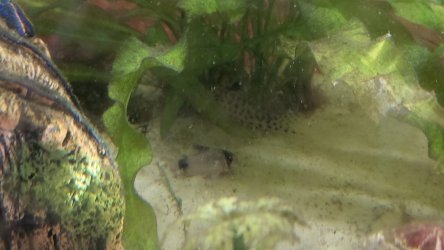

 I'll feed them when the lights come on in a couple ofnhours and see if the affected one eats.
I'll feed them when the lights come on in a couple ofnhours and see if the affected one eats.